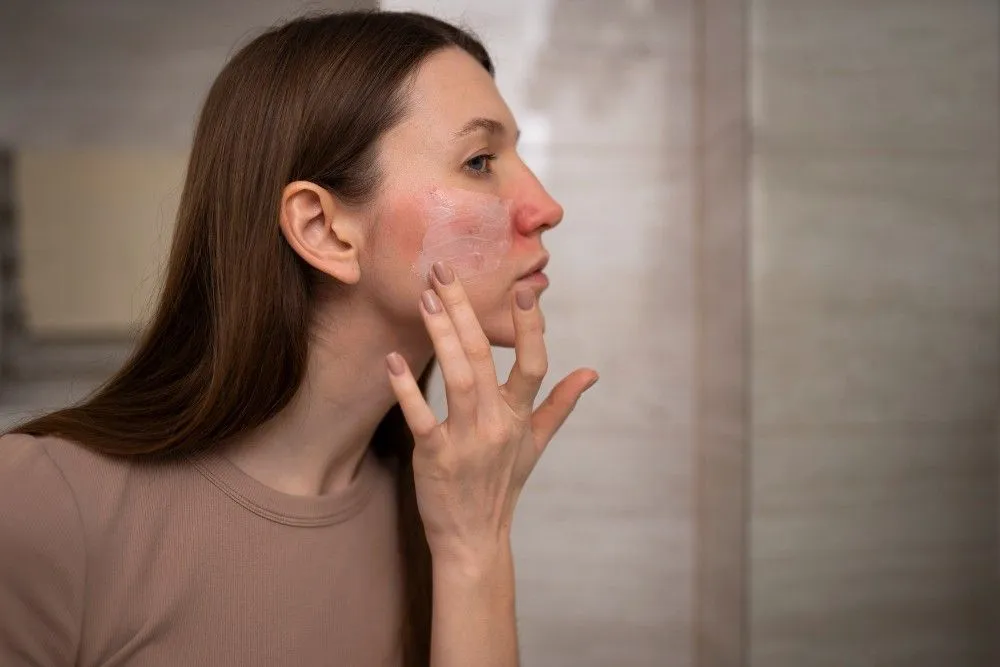A blood clot or thrombus can form in the deep and superficial veins of the body. Superficial phlebitis or thrombophlebitis, or blood clot and inflammation in a superficial vein does not cause much problem. However, clots in the deeper veins of the body call for urgent medical attention.
The condition is known as deep vein thrombosis or DVT.
Deep vein thrombosis commonly occurs in the legs. The clots formed are dangerous because they can lead to a life threatening condition known as pulmonary embolism, in which the clots break loose and travel via the bloodstream to the lungs, blocking flow of blood in that organ. Collectively, deep vein thrombosis and pulmonary embolism are called venous thromboembolism (VTE).
What are the causes of the disorder?
A blood clot can result from any situation that prevents blood from circulating in the body or clotting normally. It can affect anyone, though people who are unable to move around much or are ill are at greater risk, like those hospitalised for treatment.
What one needs to know about symptoms or signs?
The affected organs will show swelling and redness and feel warm. In the leg, the thigh may feel tender or ache upon being touched or squeezed. Pain worsens with time. Sometimes, a small clot may not exhibit any symptoms and pulmonary embolism could be the first sign of DVT.
Which specialist should be consulted in case of signs and symptoms?
t be treated as a medical emergency and the patient must be taken to the nearest hospital emergency centre. For more specialized treatment, a vein specialist in Dallas should be consulted.What are the screening tests and investigations done to confirm or rule out the disorder?
Deep vein thrombosis is diagnosed through the following:
- Ultrasound - This helps find the blood clot by measuring blood flow through the veins.
- Venogram - This is an x-ray that is conducted if the ultrasound is inconclusive. The procedure involves capturing images of blood flow through the veins.
- Blood test - High levels of D dimer, a clot-dissolving material are detected in almost all patients having a blood clot in a vein.
- Magnetic resonance imaging/Computerised tomography - MRI or CT scans create images of veins to detect any clot.
What treatment modalities are available for management of the disorder?
Treatment is started immediately to reduce the risk of the blood clot growing or travelling to the lungs. Options include:
- Anticoagulants - Blood-thinning medication is given for a minimum of three months to prevent the growth of existing clots.
- Filters - A filter inserted in the large vein of the abdomen, the vena cava, prevents dislodging of blood clots and their entry into the lungs.
- Compression stockings - Doctor may recommend stockings to be worn on the legs up to the level of knees to prevent swelling. The pressure exerted by the stockings also prevents further clotting.
- Other measures - Keeping legs elevated and walking around also helps reduce the swelling and pain that accompanies DVT.
How can the disorder be prevented from happening or recurring?
Sitting for long time can slow down blood flow. It is important to start moving as soon as is possible after a surgical procedure or illness. Exercise helps keep the blood flowing and prevent DVT.
List of Best Cardiothoracic Surgeons in India
Delhi NCR | Mumbai Region | Kolkata | Hyderabad | Chennai | All India
Sources:
Image courtesy of [Victor Habbick] / FreeDigitalPhotos.net
"Blood Clots," Hematology.org, American Society of Hematology, https://www.hematology.org/Patients/Clots/
"Blood clots," NHS.uk, https://www.nhs.uk/Conditions/thrombosis/Pages/Introduction.aspx
"Deep vein thrombosis (DVT)," MayoClinic.com, Mayo Clinic Staff, https://www.mayoclinic.org/diseases-conditions/deep-vein-thrombosis/basics/definition/con-20031922
"Deep Vein Thrombosis - Topic Overview," WebMD.com, https://www.webmd.com/dvt/tc/deep-vein-thrombosis-topic-overview

Reviewed by







